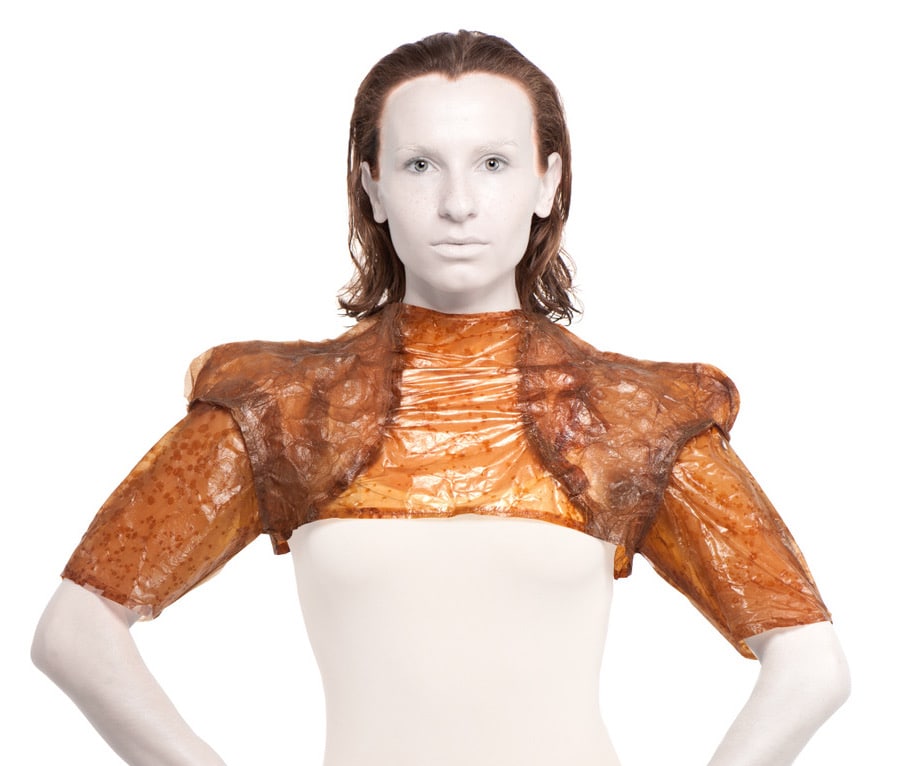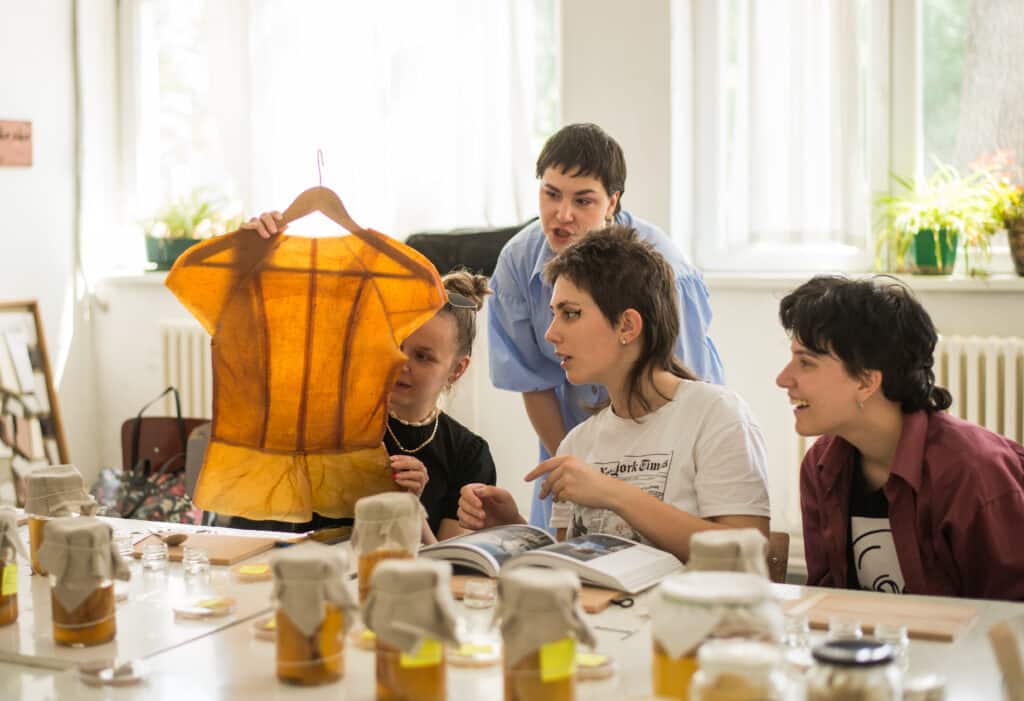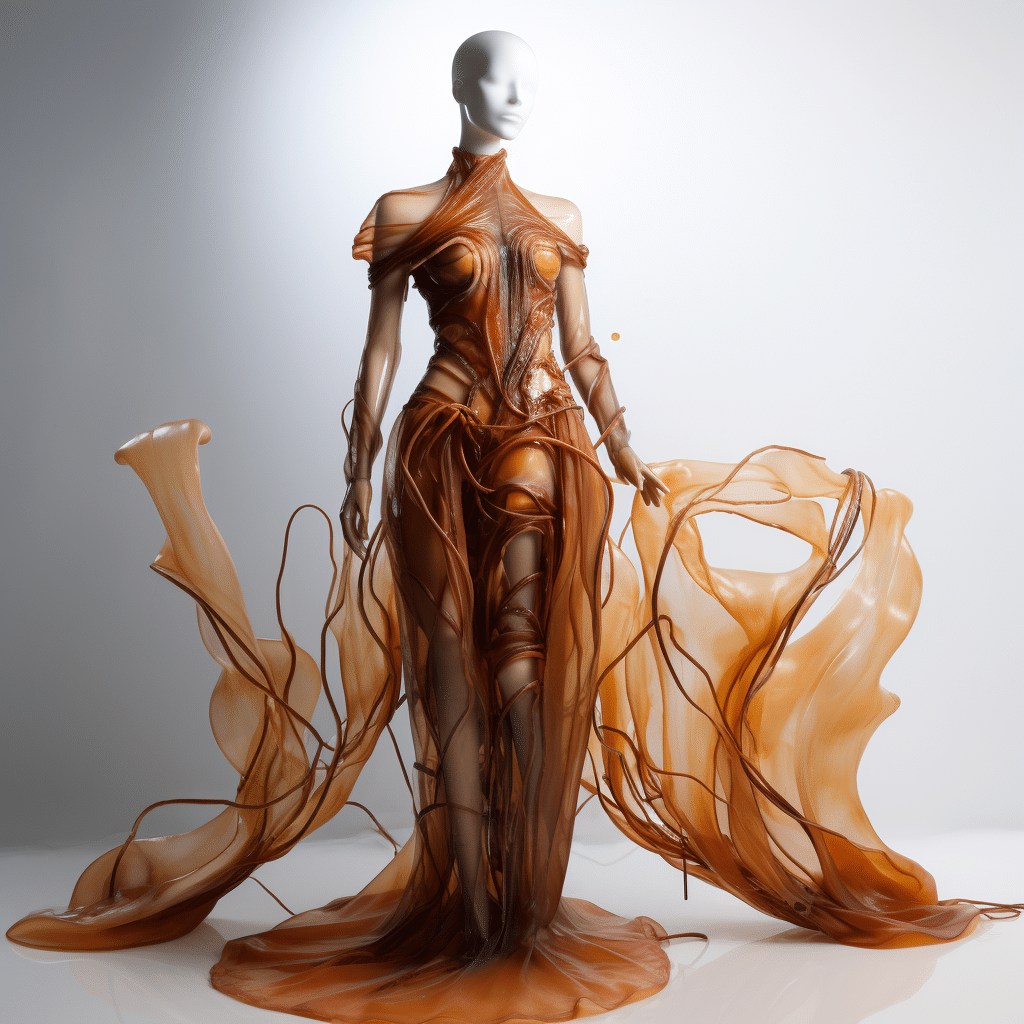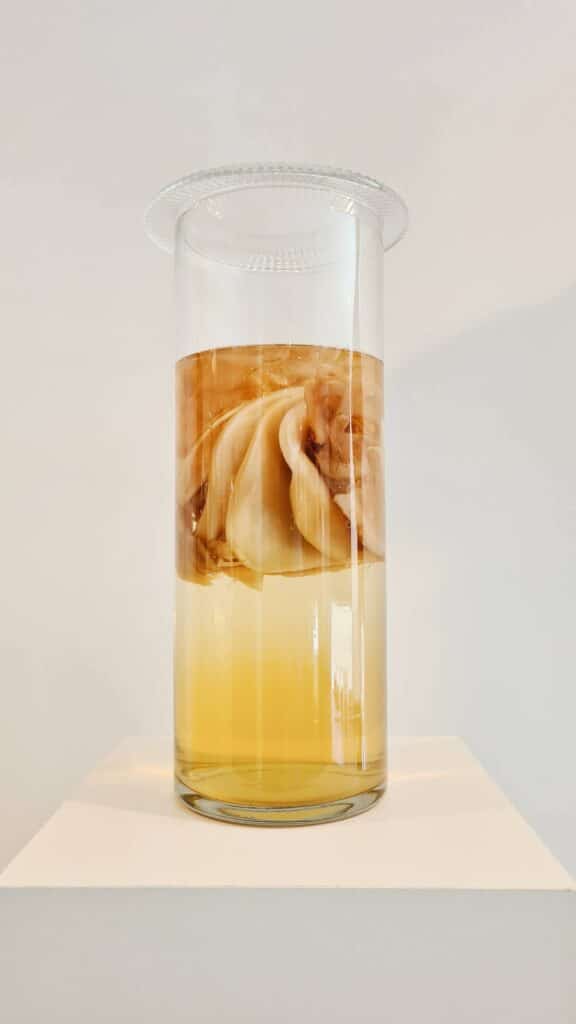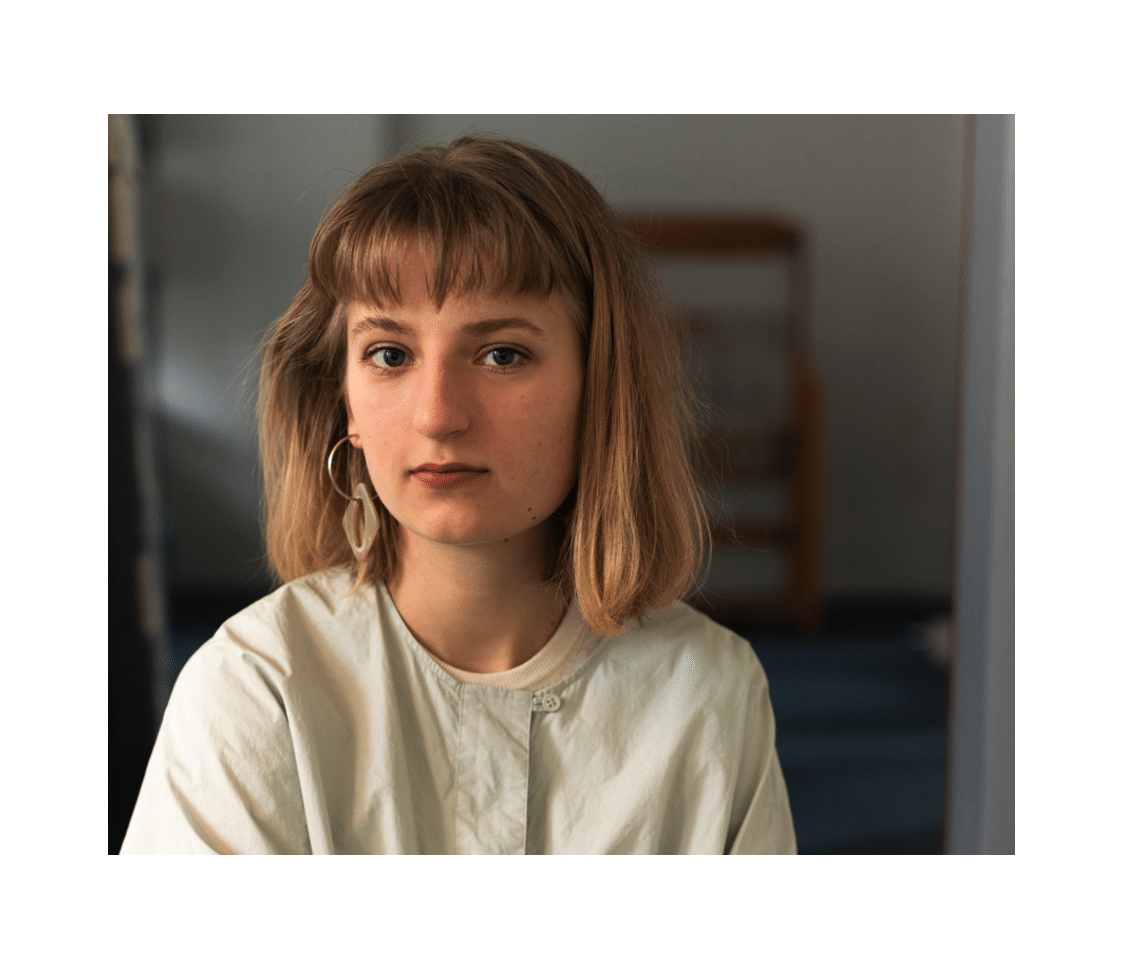Maja Halilović is a biodesigner. She is part of a new generation that wants to help build a better world. Originally from Sarajevo, Bosnia-Herzegovina, she holds a degree in product design from the Sarajevo Academy of Fine Arts. She also studied ecology, chemistry and various scientific principles, which set her on the road to researching biomaterials for different industries such as fashion.
How did you become a biodesigner ?
For me, becoming a biodesigner was a natural progression from my initial training. I discovered the work of Suzanne Lee and her innovative use of bacterial cellulose, known as SCOBY. Intrigued by the potential of biomaterials, I embarked on in-depth research into this field and biodesign. As my research continued, I became increasingly aware of the urgent environmental challenges posed by industries such as textiles and fashion.
My first major project was to explore scoby and its applications. I spent seven years conducting various experiments and refining the process. At the time, there was little information available apart from Suzanne Lee’s work, which prompted me to innovate. Since then, I’ve been constantly pushing back the boundaries of what can be achieved with biomaterials. My background in chemistry and biology has been invaluable in helping me to navigate this scientific world.
What is your relationship with coffee ?
Coffee and I have quite a special relationship, I’d say! I’m a big coffee drinker myself!
You’ll often find me with a cup in my hand, savouring this delicious aroma… But beyond my personal attachment, coffee is deeply rooted in our culture. In Bosnia-Herzegovina, we see coffee not just as a drink, but as a cornerstone of social life. It’s a conversation starter, a symbol of hospitality and something we really enjoy. My fascination with coffee doesn’t stop there. I spent nine months doing in-depth research on coffee – its potential as a biomaterial, its role in biogas production, and even its potential as a source of energy.
This exploration led to some exciting discoveries, and I was honoured to receive the Balkan Green Ideas Award in 2022 for my contribution to sustainable coffee innovation. So yes, coffee has a special place in my heart, both as a comforting drink and as a source of endless creativity and exploration.
How did you start growing SCOBY bacteria and how do you use them in textiles?
My journey into growing SCOBY bacteria (Symbiotic bacteria and yeast) began as an experiment in my quest for sustainable biomaterials.
I was captivated by the potential of these micro-organisms to create versatile, environmentally-friendly materials. The SCOBY cultivation process involves fermenting tea with sugar, which allows the bacterial cellulose to form a thick layer.
In terms of its application in clothing, I’ve been looking at a unique concept that merges biotechnology and design. I use SCOBY to create a type of biodegradable material similar to biodegradable leather. This material has a remarkable range of properties, from flexibility and durability to a unique, supple and durable texture. I’ve used this material to design clothes that are both fashionable and environmentally friendly. My vision is to show the world that it is possible to innovate without harming the environment, and SCOBY is a living testimony to this belief. In fact, I’ll soon be publishing my research, in which I explored the subtleties of potential SCOBY applications.
I’m currently working on an AI:BJORK:SCOBY project, in which I’m using AI technology to design a SCOBY dress for the singer Bjork. The dress has already appeared in fashion shows and attracted attention at the Green W+ Awards in Germany. This work was also presented digitally at the Museum of Contemporary Art in Bosnia and Herzegovina.
What have you discovered recently?
I looked into the remarkable potential of eggshell as a biomaterial. This exploration has enabled me to discover innovative applications, in particular their use in the creation of sustainable products such as my ‘Biocandles’. My work on eggshell biomaterials has also been recognised and has won a prestigious prize in South Korea.
This achievement has reinforced my commitment to pushing back the boundaries of biodesign and to finding ingenious new solutions using natural materials.
In terms of clothing and fashion, have you ever worked with any brands?
Although I haven’t yet worked directly with brands, I believe that biodesign offers a unique opportunity to enhance their sustainability efforts and foster a deeper connection with nature.
My innovative biomaterials, derived from organic waste such as coffee grounds and eggshells, can be used to create eco-friendly, biodegradable textiles. By integrating these materials into their production processes,
“My creations embody a strong message : harmonising human creations with the natural world.”
Maja Halilović
What are your projects ?
In the future, I want to continue to push back the boundaries of biodesign and innovation. I have a series of projects planned to explore the potential of biomaterials, exploring their applications in a range of industries. One of my main objectives is to establish collaborations with renowned fashion and design houses, where I can introduce my sustainable biomaterials. I also plan to publish the results of my research, to share the knowledge I have gained and to contribute to the wider field of biodynamics. I also plan to expand my international presence through exhibitions, workshops, seminars and conferences.
Photos : Maja Halilovic

